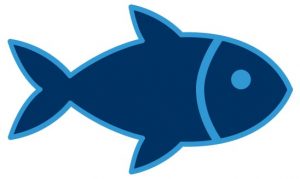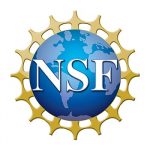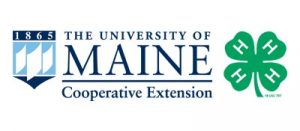Your Future in Aquaculture: Testing the Waters

Introduction
Note: This kit includes many supplemental resources online for you to access and print as reference sheets or handouts.
 The “Your Future in Aquaculture: Testing the Waters” 4-H Science Toolkit is designed so that youth, (Grades 9-12) can develop an aquaculture project as they experience each of the activities. These activities may also be used as stand-alone lessons, but if used together with the final project of farming a species of their choice, youth will gain knowledge of the aquaculture industry and what is needed to develop an aquaculture farm through the project.
The “Your Future in Aquaculture: Testing the Waters” 4-H Science Toolkit is designed so that youth, (Grades 9-12) can develop an aquaculture project as they experience each of the activities. These activities may also be used as stand-alone lessons, but if used together with the final project of farming a species of their choice, youth will gain knowledge of the aquaculture industry and what is needed to develop an aquaculture farm through the project.
The aquaculture project is covered in each Facilitator Guide section of the kit. The Facilitator Guide is a place where all aquaculture project parts are pulled together. In this guide, you will find a summary of each activity, including Supplemental Resources (links available, to download and print, through the various activity pages of this toolkit) which include helpful tips for facilitating and reflecting. Background information is also provided, as a resource to ensure those leading the activities have access to foundational content knowledge.
We recommend that participants use science journals with this project.
What is Science Journaling?
Science journaling is a way to reflect on what has been learned and to help youth begin to generalize and apply their knowledge. It is also a skill utilized by scientists for tracking data, documenting problems encountered (solved or not), and communicating results. Science journals will be used to record observations and develop a hypothetical aquaculture project. We have provided a template for these journals in the “Introduction to Aquaculture Facilitators Guide.” To utilize these, each youth will need a blank journal (this could be a spiral-bound notebook or another tool you decide to utilize).
Activity Series for “Your Future in Aquaculture: Testing the Waters”
Optional:
In addition to the pre-mixed samples that are used in the lessons, you may also choose to have youth conduct analyses of water (turbidity, pH, etc) using the equipment provided. If time allows, you (or youth) can collect water samples from a local fresh or marine body of water for analysis. To do so, simply gather water samples from the water bodies you are considering. (Note: this part will probably be done outside of your group meeting.) Be sure to record details about sample collection. (Optional: use the Water Sample Collection Sheet (PDF) to record details.)
Journals: record information about the water body sample on page 8.
- Name of the water body
- Date of collection
- Time of collection
- Air temperature at the time of collection
- Water temperature at the time of collection
- Sketch of water body including the location of collection and local landmarks
Make sure that the water sample is stored and labeled in a way that makes it clear that the water should not be drunk. We recommend labeling the sample container with ‘Do Not Drink’ in addition to the sample name and collector name. A set of ten sample collection bottles are included with the toolkit.
Are you interested in learning more about what the University of Maine and UMaine system campuses offer?
The University of Maine offers over 100 academic majors! To learn more either:
- Visit UMaine’s Find a Major page.
- Explore our other campuses here on the UMS website’s Universities page.
- If you need help connecting to UMaine or one of the other UMaine System campuses, contact us by emailing 4Hscience@maine.edu or call 207.581.3877 and ask for Laura, Greg, or Sarah!
Contact 4-HScience@maine.edu to reserve a toolkit.
Thank You
This 4-H Science Toolkit was developed by Lauren Swalec, 4-H Graduate Assistant, with significant contributions made by Abigail Elkins, 4-H Student Special Project Assistant.



